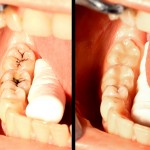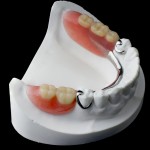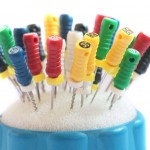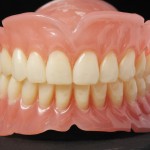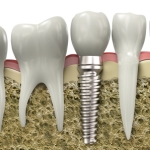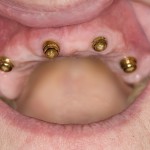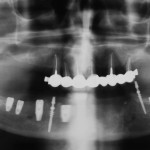
Peri-implantitis is a common reason for the failure of dental implants and a number of different treatments for managing this condition have been suggested (Dental Elf 26th Jan 2012). The aim of this review was to assess whether laser therapy was effective either as a monotherapy or as an adjunctive therapy in the treatment of [read the full story…]
